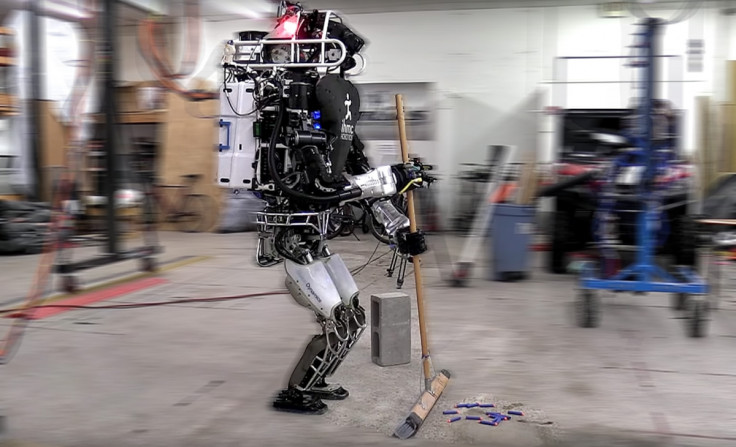Singapore: Researchers come up with prototype robot to help school kids with lessons

Researchers at the Nanyang Technological University in Singapore have come up with a prototype robot that will help primary school children in their lessons. The robot will be a "companion robot" to help them with their studies.
The prototype robot has been tested in some kindergartens. By putting such robots in classrooms to help guide children in their lessons, teachers will be freed to observe students' behaviour and identify their needs.
"Imagine we are putting a more structured curriculum into the robot to help tutor the lower primary school kids ... a companion robot to help them go through their curriculum," Dr Chen I-Ming, director NTU's Robotics Research Centre said.
Children will be able to control the movements of the robots using sensors. At the same time, teachers can do voice recordings and play them back to the students.
Dr Chen said that since 2013, more companies have shown interest in robotics and have approached the university about collaborations. "It's actually different from sector to sector. If you are in the manufacturing sectors, their main goal is to improve productivity."
He continued: "If it's anything that really improves productivity, they will take it up immediately. But for other social or educational types of robots, they need to go through a lengthy case study, or test-bedding and also prove the results. That will probably take a bit much longer. You still need probably two to three years at least."
In Singapore, robot waiter Techi can deliver food and drinks to customers. It also takes the lift to hand over toiletries to hotel guests. The company behind the robot said more than 10 companies will be using Techi from March.
Techmetics chairman and technical director Mathan Muthupillai said: "Our aim is to replace the repeated, tiring jobs for human beings, so that they can concentrate more on the productive work. He explained: "If you talk about the F&B side, waiters are spending more time on actually taking the items and delivering them to the table - that work can be actually taken care of by the robot."
At the KK Women's and Children's Hospital, a robotic bottle-dispensing system was rolled out last year to dispense medication to both patients. It can load, pick and assemble as well as label medicine bottles.
The robots replaces many of the manual tasks involved in manually picking, packing, assembling, barcoding and tracking expiring dates and batch numbers across various types of bottled medication. It saves about 8,760 man-hours a year.
© Copyright IBTimes 2024. All rights reserved.






